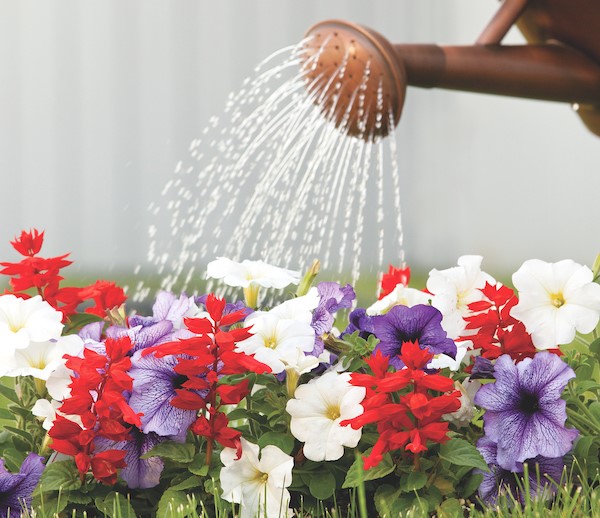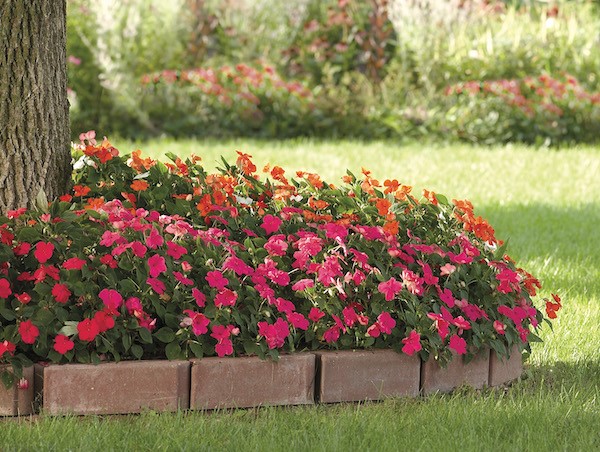Description
Spring is a great time of year to get new plants in the ground. But what happens to the cold-sensitive plants when a late-spring frost hits? Here are a few tips to help protect your new flowers, vegetables, herbs, and plants.
First, it's good to know which plants are sensitive to temps around 35 or 40 degrees F. These are common tender plants that will need some protection.
Hanging baskets: begonias, calibrachoa, gerbera, impatiens, vinca, euphorbia, and scoparia.
Annuals & accents: angelonia, begonia, vinca, celosia, cleome, coleus, dahlia, euphorbia, gazania, gerbera, heliotrope, hypoestes, impatiens, ipomoea, lophospermum, penta, portulaca, acalypha, alternanthera, duranta, lotus, strobilanthus, and tradescantia.
Vegetables & herbs: collards, cucumber, eggplant, lettuce, muskmelon, pepper, squash, tomato, watermelon, basil, cilantro, dill, rosemary, and savory.
Hanging Baskets
If you have one of the tender plants in a hanging basket, it's best to bring it inside if the temperature is going to drop below 40 degrees F. You can also get away with storing them in a garage.
Annuals & Accents

If you have potted plants that are portable, bring them inside as well. For larger flower beds, remember to water them during the day before a frost is expected. This can actually prevent them from freezing. Then cover them using a garden blanket or sheet, using sticks or stakes to keep the covering from touching thee plants. You can also place warm jugs of water around the plants before covering.
Vegetables & Herbs
If you have potted vegetables and herbs, again, bring them inside. For larger gardens or if the plants have been transplanted into the ground, gently cover them with them a garden blanket or bed sheet, as described above. Remember to do this during the day, while there is still some heat trapped in the garden. It's also best to remove the covering the next day.
Also check out, 10 Easy-to-Grow Flowers to Brighten the Yard.

